Last week I helped a friend move to her new apartment. The amount of stuff she’d accumulated after living in her house for twenty-one years was mind boggling. I kept thinking what things would be like if we moved. I hold onto things far too long, always have. I still have corsages from high school dances. I’ve saved every letter, every card I’ve ever received, from grandparents long dead and camp friends whose names I don’t remember. I can’t exactly throw them away now, after keeping them for so long. Can I?
Maybe I can’t do much about our crowded attic, but I can crack down on new nostalgia. When our wonderful little dog Coco died last summer—she was seven years old to the day—I wisely decided not to keep her ashes. (The ashes of another pet have been sitting in the living room for decades.) I’ve been looking for a way to memorialize her—which brings me to the gardening part of this post.
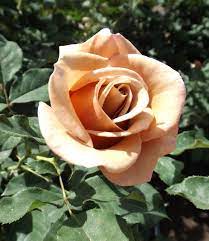
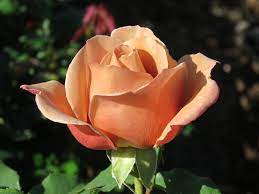
I discovered a type of rose called Koko Loco. Coco Loco was what we called our dog, so I ordered one from Heirloom Roses. They describe it as moderately fragrant Floribunda with lavender blooms with a chocolate undertone.
It arrived this week, a pale little twig in a long box. The explanatory note says they remove the leaves for shipping, and that I should see regrowth within 2-3 weeks. I saw regrowth immediately, the day after I pulled it out of the box.
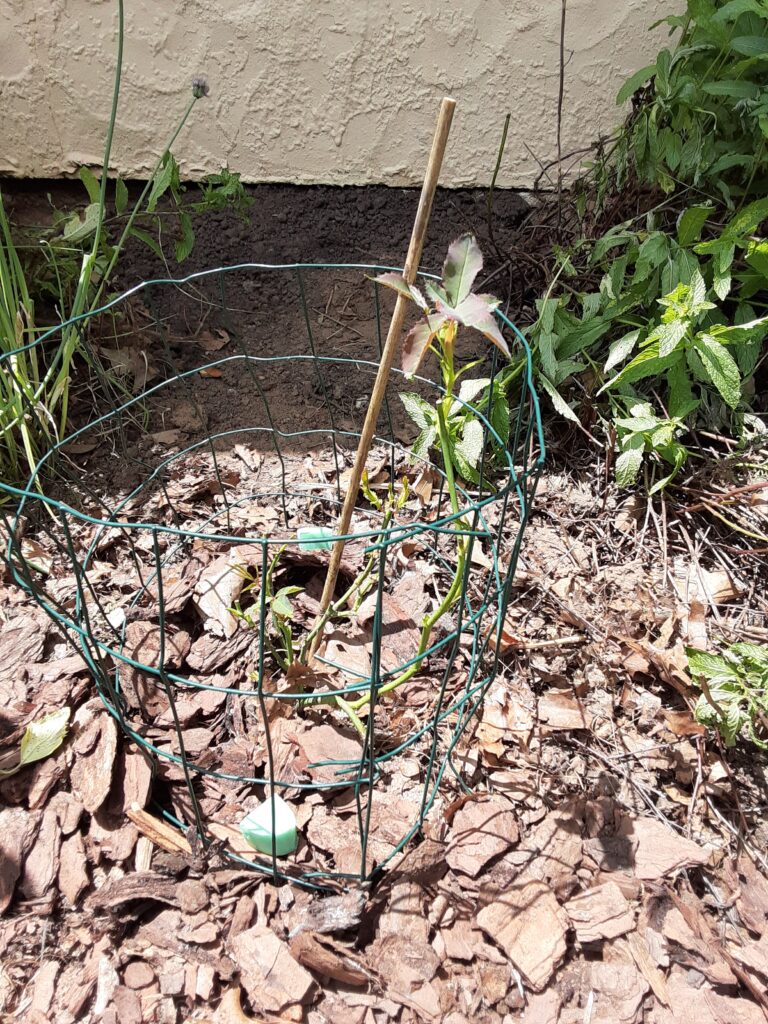
This will be almost my first attempt at growing roses. We did have two already here when we moved in, but one reverted to its rootstock. It’s common to graft tender roses onto hardier rootstock so they’ll survive in colder zones. I think the bottom part of mine was a Dr. Huey, a prolific spreader with dark wine blooms. It was unwieldy, so I moved it to a different location. I could have lived with it, but it got rose rosette disease. Eventually I got tired of fighting that and gave up.
This is a sign of maturity, I think.
Roses are intimidating to me, first of all, because there are so many types. Hybrid tea, grandiflora, floribunda. Studying a guide like this one reminds me of my daughter’s biology class.
Cultivation and hybridization of roses follow almost cultlike practices, it seems to me, and the plants are susceptible to diseases. But when that one remaining rose blooms once a year, wow.
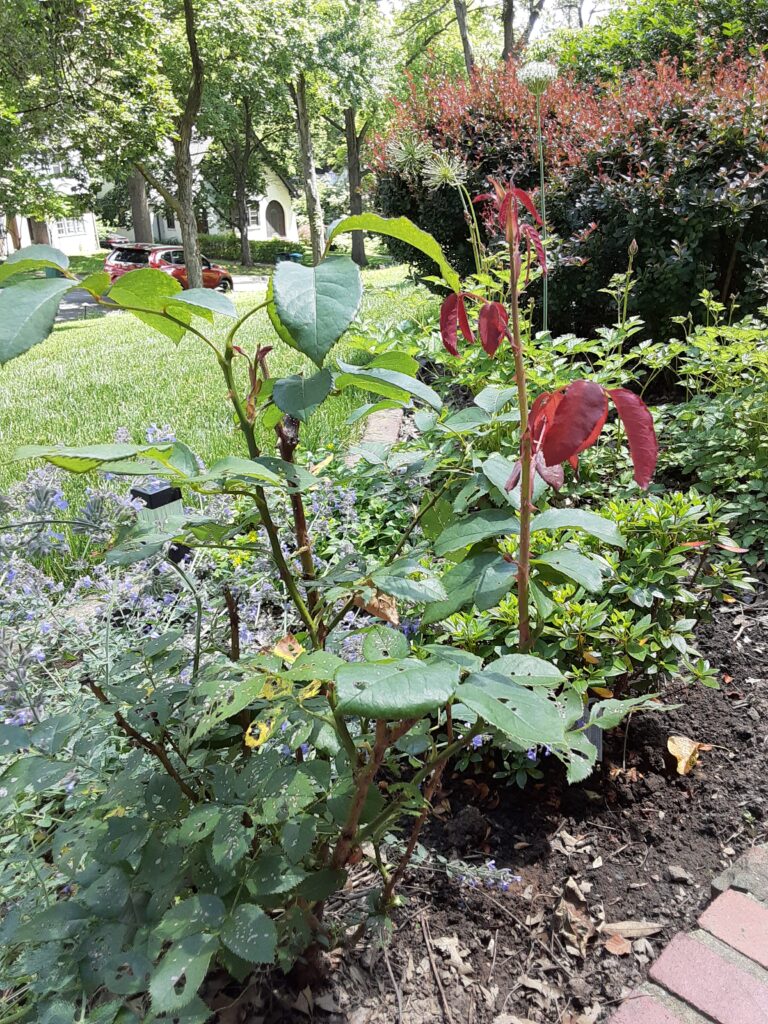
Roses do well in our area, obviously. Millions are flowering now, and a visit to Loose Park’s rose garden is like a pilgrimage to a sacred space. I admire the look of these, on my street: abundant flowers heaped on a stone wall. Last week theylooked spectacular, although they’re a little past their prime now.
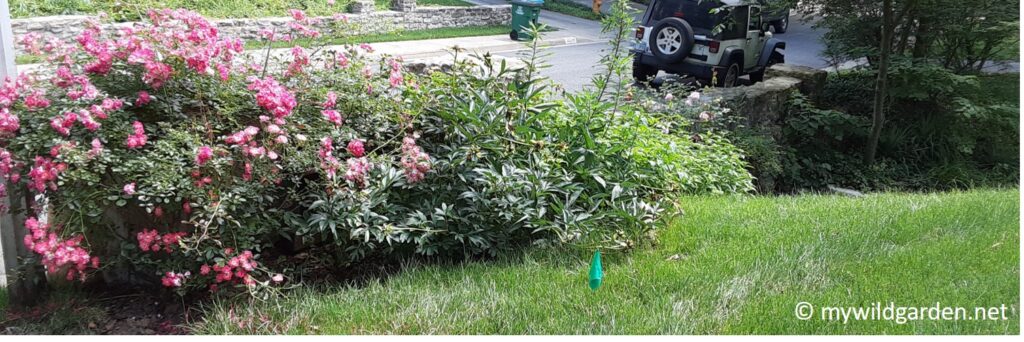
They make me feel like I’m in the Cotswolds.
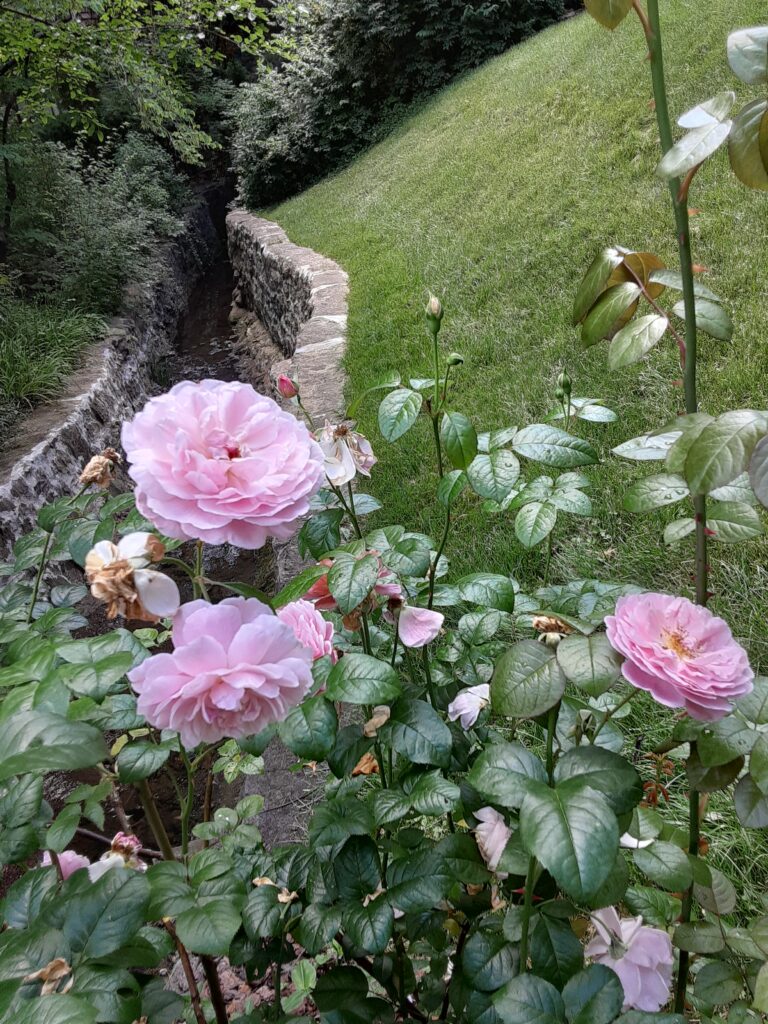
Apparently, some roses are native to the U.S., but these tend to be the sprawling types with simple blooms. Prairie Nursery says this:
Native roses are visited by an array of pollinating insects, as they have easy access to nectar from the large-petalled landing pads. Both Rosa carolina and Rosa blanda are host plants for the Apple Sphinx Moth caterpillar. The bright red rosehips are a popular source of food for fruit-loving birds. Rosehips are high in vitamin C and can be used in teas.
The varieties with voluptuous clusters of dense blooms probably are not native, however.
I’m happy to have this addition to the garden and feel I’ve found the perfect way to remember our little friend. I love thinking about her, and I’m optimistic that the rose will thrive.
Having trouble with rabbits?
We always have rabbits, but this year they’re especially troublesome. The baby rabbits are so small, they squeeze through holes in the wire fencing I’ve used as barricades and are challenging my ingenuity. No matter what I do, they get through. I read the other day that rabbits dislike Irish Spring, and now I know why. That stuff is pungent. Now our whole house smells like Irish Spring. I’m not exactly sure what I’m supposed to do with it to discourage the bunnies, but I encircled some vulnerable plants (asters) with rings of little cubes of soap and will let you know how it goes.
They even eat chives.
My daughter’s friend said his dad surrounded desired plants with patches of clover with the idea that the rabbits would eat that instead. I wonder if this works or if it just lures more rabbits to the area, like those Japanese Beetle traps.
Happy gardening and thanks for reading!

